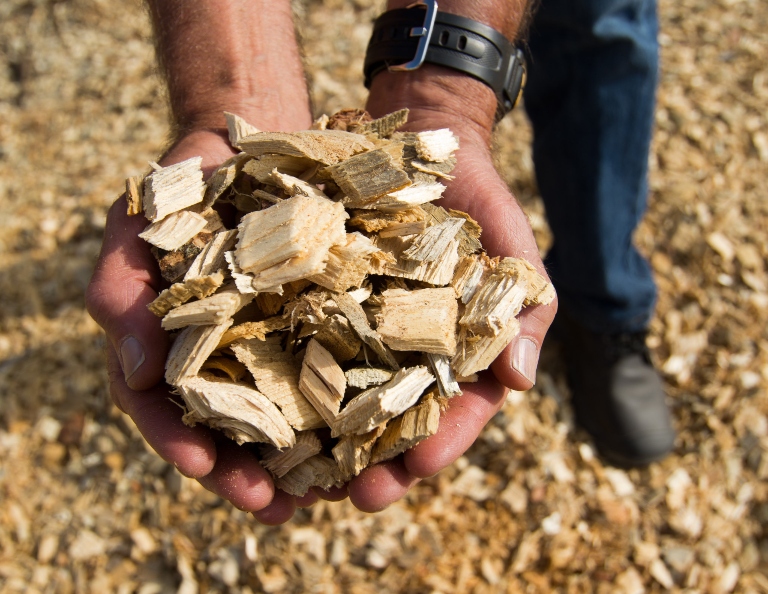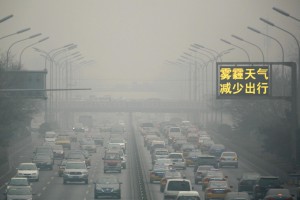
Mike Gaworecki has done a great job hosting the Mongabay Newscast for years. He’s invited me on the program several times, including on Feb. 10, 2021 with this episode. Here, he talks with me about the story and issue I’ve been covering since spring 2018 along with an eco-warrior from North Macedonia who is an expert is the hazards of hydropower. Mike described the episode like this:
On this episode of the Mongabay Newscast, we look at two energy-related technologies that are being promoted as climate solutions, biomass and hydropower, which might have unintended consequences that hamper their ability to supply clean energy and thus might not be sustainable solutions at all.
Our first guest is Justin Catanoso, a professor at Wake Forest University and long-time Mongabay correspondent. Catanoso tells us about the loopholes in renewable energy policies that have allowed the biomass industry to flourish under the guise of “carbon neutrality,” even though the burning of biomass for energy releases more carbon emissions than burning coal.
We also speak with Ana Colovic Lesoska, a biologist by training who founded the Eko-Svest Center For Environmental Research in North Macedonia. Colovic Lesoska was instrumental in shutting down two large hydropower projects in her country’s Mavrovo National Park, but there are still more than 3,000 new hydropower projects proposed in the Balkans. She tells us why hydropower is being adopted by Balkan countries and whether or not hydropower can be a climate solution at any scale.



